Pick the market of your choice. Online or in person. Browse for ammo and make your selection. A day on the range and you are back to zero. Pretty soon you will be back to buy more ammo. A month passes before you drag out your favorite rifle or handgun only to find the action and barrel caked orange in gummy fresh rust. What happened? Chances are that when you were at checkout, you bought boxes of corrosive ammunition. While running afoul with corrosive ammunition is not the end of the world and it certainly has not happened to every gun owner, it happened to me, and it can happen to you. That begs the question: why would anyone load ammunition that is corrosive? Furthermore, would anyone knowingly shoot it? Follow along as we explore the ins and outs of corrosive ammo.
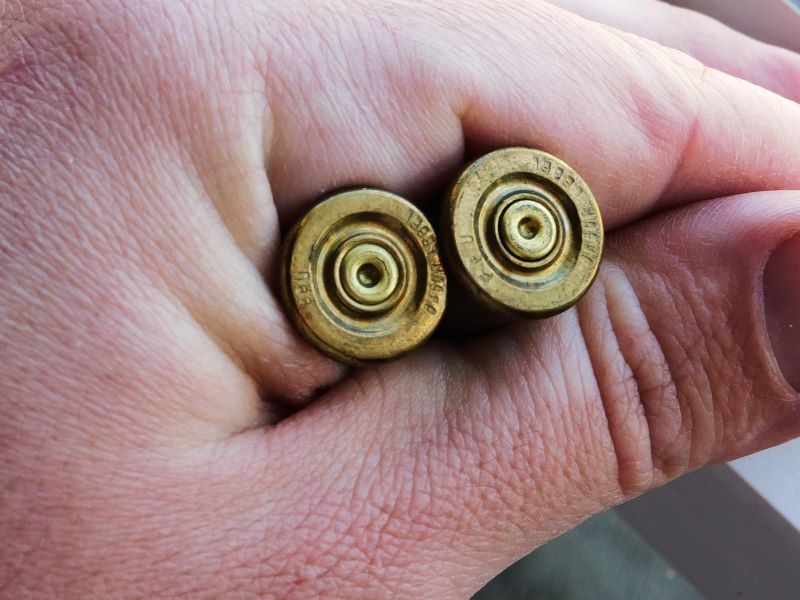
What is Corrosion?
Any dictionary definition of corrosion will tell you that corrosion is the changing of a given metal into a more stable state, whether it is an oxide, sulfide, or hydroxide. It is a natural means by which a metal evolves to cope with a changing environment.
Some forms of corrosion can be superficial. Many modern cars have aluminum engine blocks that corrode from the outside in humid environments. Other forms can be devastating. The steel chassis of the same car could go for decades on Southern roads, but up North, the vehicle would be rotting away inside of a few years because the roads are salted during the winter. In the gun world, aluminum corrodes but it is generally fixable and cosmetic. But the steel parts can turn into iron oxide or rust. Some rust can be superficial, but when left alone, it will destroy a firearm.
Corrosive ammunition, when fired, leaves behind deposits in the action and barrel that can rust it away given enough time. Thankfully, most ammunition you will find today is made to be non-corrosive. You are most likely to run into corrosive ammunition if you shoot black powder or military surplus ammunition.
Black Powder: The Original Corrosive Ammunition
We don’t know exactly when black powder came into being, but this simple mixture of sulfur, charcoal, and saltpeter made the first firearms possible almost a thousand years ago. If left alone, this combination is also noncorrosive, until water or moisture gets to it. Sulfur absorbs water and can encourage rust to form in parts of a firearm otherwise sealed from the elements.
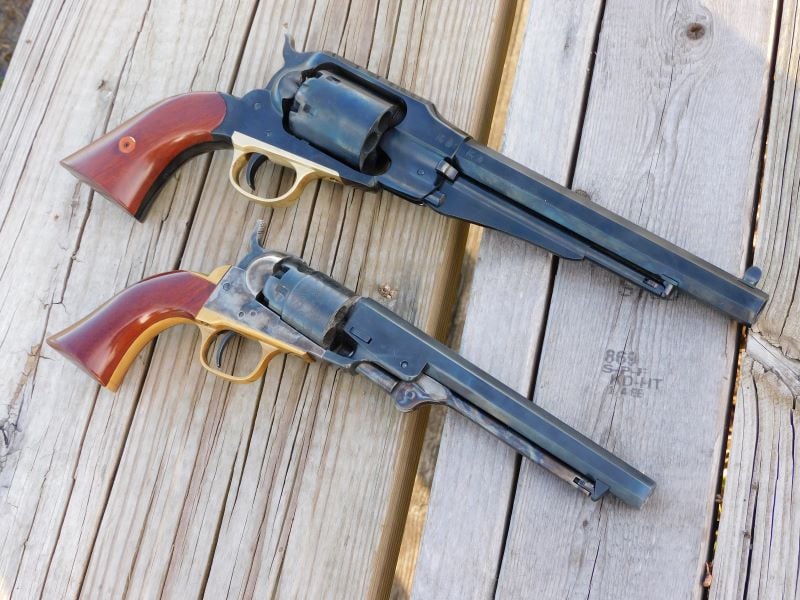
When we normally think black powder, the first firearms to come to mind might be flintlock muskets and cap and ball revolvers. But many of the cartridges we are familiar with today—and some we are not familiar with—started as cartridges loaded with black powder. The .38 Special, .45 Colt, and the .45-70 are just a few of the popular cartridges that started as black powder. Smokeless powder did not become available until the late 1880s. Even then, rifles, pistols, and shotguns continued to be proofed with black powder cartridges until the turn of the century.
Although a few black powder substitutes exist, it is hard to escape the real thing if you are shooting an original or replica muzzleloader. Most old cartridges that came around during the black powder era are loaded with smokeless today, but some ammo makers—and quite a few hand loaders—still load black powder cartridges.
Military Surplus Ammunition
Smokeless powder shot hotter, and cleaner, and did not leave behind a trail of smoke like black powder. The powder and its residue are not corrosive in itself, but the primers of these new cartridges were. Potassium chlorate is a chemical that is sensitive to impact, and it was among the first chemicals used in percussion caps and primers. When fired, the chlorates are burned but what is left behind in the barrel are corrosive salts.
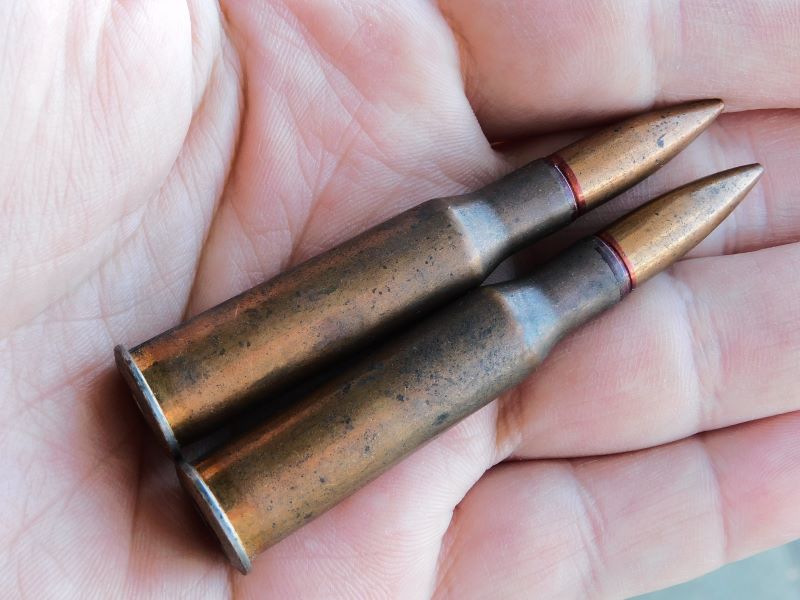
Over time, the use of lead acetates and other chemicals in primer manufacture eliminated the corrosive aspects of modern ammunition. Old ammo, and military surplus ammunition, in particular, is often loaded with corrosive primers. If you run into old cans filled with ammunition such as 7.62x54R, 7.62 Tokarev, .30-06, or 8mm Mauser, chances are that the ammo is corrosive.
Is it safe to shoot corrosive ammo?
Corrosive ammunition has been around in one form or another since firearms came on the scene and both shooters and engineers have come up with ways to mitigate the problems of shooting it.
People living in the black powder era were not lax on firearm maintenance and cleaning. Eighteenth-century infantrymen were drilled on literal spit and polish for both their uniforms and muskets. It was not just for show. The musket was cleaned and polished whenever downtime could be had, and cleaning supplies were always in a soldier’s haversack. In the smokeless era, the emphasis on maintenance was carried over but the addition of chrome-lined bores and modern primers has eliminated much of the risk.
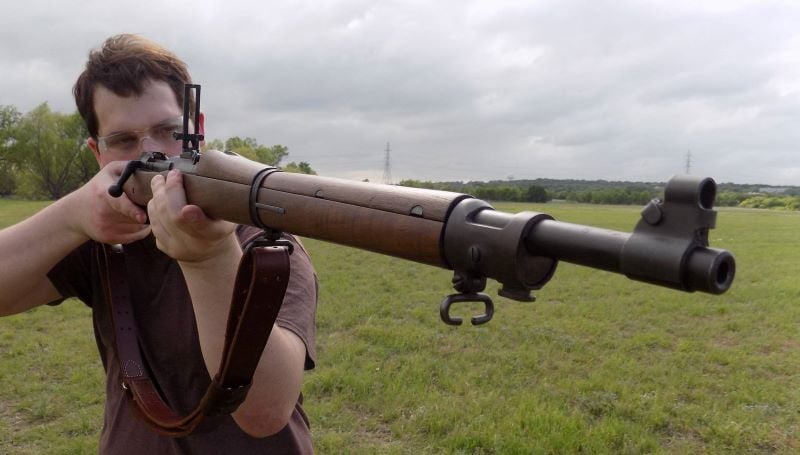
But there are still compelling reasons to shoot corrosive ammunition. You might want to deal with black powder if you are looking to take advantage of special muzzleloading hunting seasons to increase your chances of getting game. You might even smoke the holy black to safely bring an old gun back to life or to have fun shooting. Military surplus ammunition is inexpensive, and it allows you to shoot on the cheap. There is too much to be had by turning up your nose on corrosive ammo.
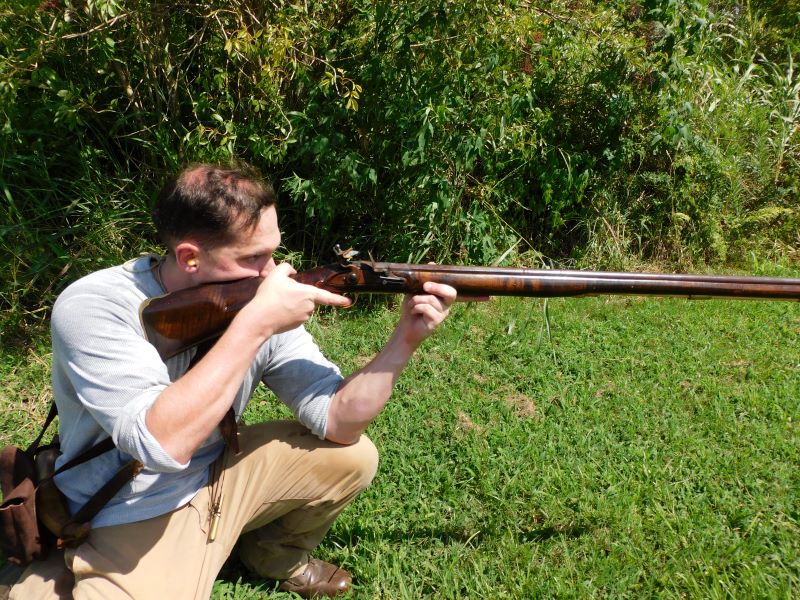
A Final Word About Corrosive Ammunition
The only reason to steer clear of corrosive ammunition is whether or not you have the propensity to clean your guns regularly. If you are the forgetful type or you take pride in having a firearm with a high round count with no maintenance, skip this kind of ammo entirely. But you don’t have to be anal-retentive to enjoy shooting corrosive ammo, either. If your guns are stored in a controlled environment, you don’t have to clean them right away. When I bought my first muzzleloader, I was told I would have to clean the gun after each shot.
Later, I found that rifle, in particular, got hard to load only after the tenth round downrange and required a quick spit patch to get running again. Not only that, but I also left the rifle alone for a week uncleaned and returned to find no corrosion at all. The same is true for the number of old military rifles I have owned over the years.
Shooting does not have to be a spectator sport and neither does maintenance. When it comes to shooting corrosive ammunition, maintenance is a sooner, rather than later arrangement but the window doesn’t have to be measured in minutes. Corrosive ammunition is not going to be on everyone’s want list, nor should it be, but the benefits outweigh the negatives.

